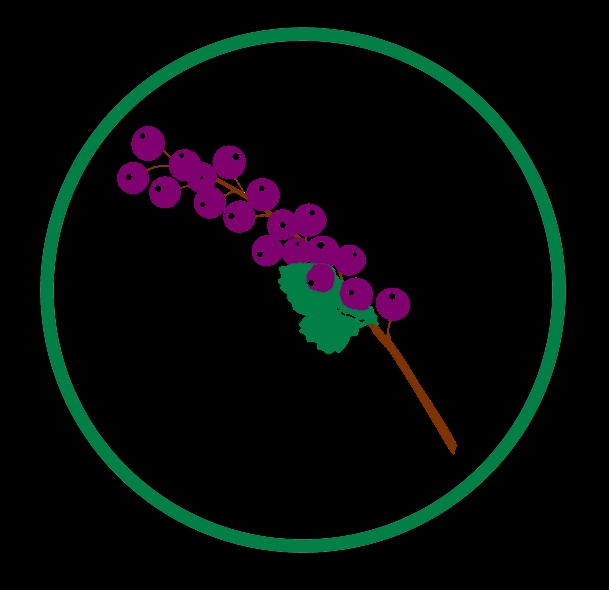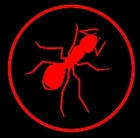Siamang Gibbon
Hylobates syndactylus
Symphalangus syndactylus
Symphalangus syndactylus
Where is it found?
Diet and foraging method
Key adaptations
Gibbons have long thumbs, that attach at the wrist rather than the palm, to grasp wide branches.
Long arms help Gibbons swing through trees.
Possess naked throat sacks that inflate when required to and help to resonate their calls.
Long arms help Gibbons swing through trees.
Possess naked throat sacks that inflate when required to and help to resonate their calls.
Social organisation and mating system
Family group with a male, female and 1-2 offspring.
Highly territorial
Highly territorial
Socially monogamous breeding pairs
Did you know that...?
Males and females sing duets together to impresses each other when they are single, and to strengthen the bond between a pair.
Taxonomy
Pictures credits:
Maps from: http://species.mol.org/species/
"Symphalangus syndactylus, Chiba Zoo, Japan" by suneko - http://www.flickr.com/photos/suneko/373310729/. Licensed under CC BY 2.0 via Wikimedia Commons - https://commons.wikimedia.org/wiki/File:Symphalangus_syndactylus,_Chiba_Zoo,_Japan.jpg#/media/File:Symphalangus_syndactylus,_Chiba_Zoo,_Japan.jpg
"Siamang 140805" by Vassil - Own work. Licensed under Public Domain via Wikimedia Commons - https://commons.wikimedia.org/wiki/File:Siamang_140805.jpg#/media/File:Siamang_140805.jpg
"Symphalangus syndactylus, Chiba Zoo, Japan" by suneko - http://www.flickr.com/photos/suneko/373310729/. Licensed under CC BY 2.0 via Wikimedia Commons - https://commons.wikimedia.org/wiki/File:Symphalangus_syndactylus,_Chiba_Zoo,_Japan.jpg#/media/File:Symphalangus_syndactylus,_Chiba_Zoo,_Japan.jpg
"Siamang 140805" by Vassil - Own work. Licensed under Public Domain via Wikimedia Commons - https://commons.wikimedia.org/wiki/File:Siamang_140805.jpg#/media/File:Siamang_140805.jpg











